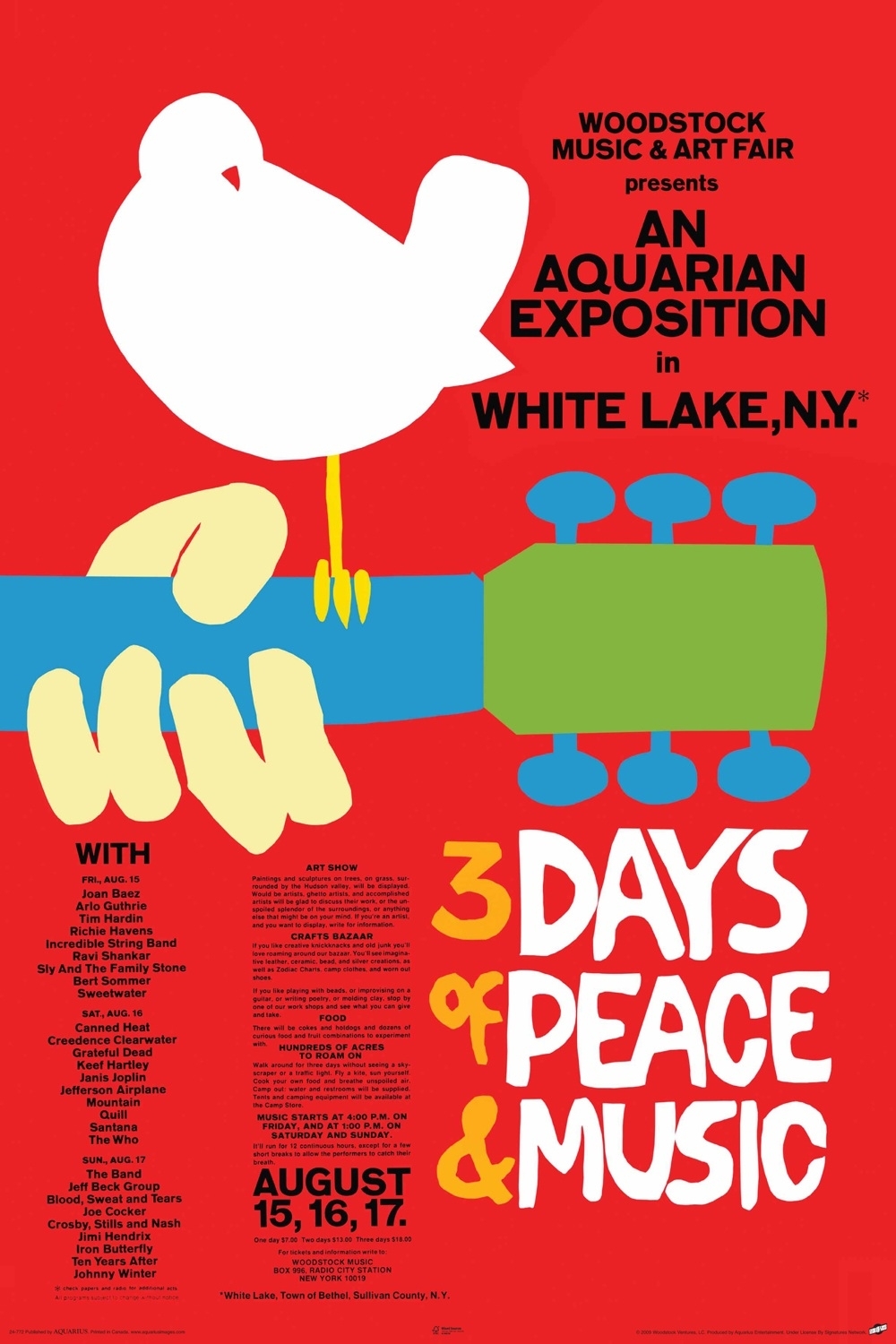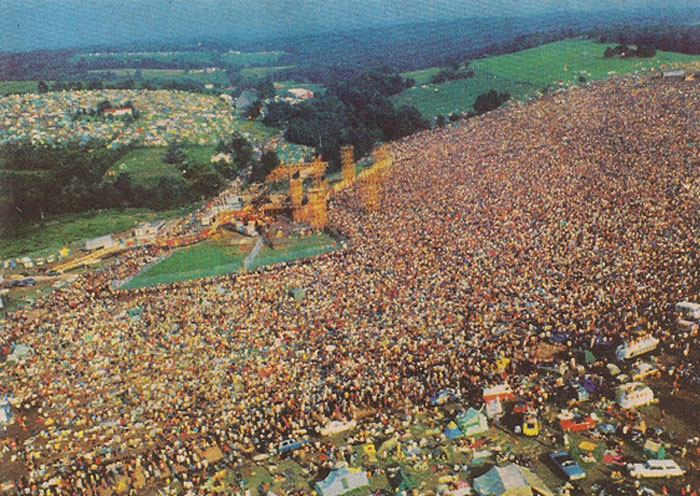WOODSTOCK MUSIC AND ART FAIR
Conceived
as “Three Days of Peace and Music,” Woodstock was a product of a partnership
between John Roberts, Joel Rosenman, Artie Kornfield and Michael Lang. Their
idea was to make enough money from the event to build a recording studio near
the New York town of Woodstock. The
longtime artists’ colony was already a home base for Bob Dylan and other
musicians.
Despite
their relative inexperience, the young promoters managed to sign a roster of
top acts, including the Jefferson Airplane, the Who, the Grateful Dead, Sly and
the Family Stone, Janis Joplin, Jimi Hendrix, Creedence Clearwater Revival and
many more. Plans for the festival were on the verge of foundering, however,
after both Woodstock and the nearby town of Wallkill denied permission to hold
the event. Dairy farmer Max Yasgur came to the rescue at the last minute,
giving the promoters access to his 600 acres of land in Bethel, some 50 miles
from Woodstock.
By
the time the weekend of the festival arrived, the group had sold a total of
186,000 tickets and expected no more than 200,000 people to show up. However, by
Friday August 15, more than 400,000 people were clamoring to get in. Fearing
they could not control the crowds, the organizers were eventually forced to make the event free of charge. Close to
half a million people attended Woodstock, jamming the roads around Bethel with
eight miles of traffic.
Folk
singer and guitarist Richie Havens kicked off the event with a long set, and
Joan Baez and Arlo Guthrie also performed on Friday night. Young fans best described as “hippies”
euphorically took in the performances of acts like Janis Joplin, Arlo Guthrie,
Joe Cocker, Joan Baez, Creedence Clearwater Revival, The Grateful Dead,
Jefferson Airplane, Sly and the Family Stone and Crosby, Stills, Nash and
Young. The Who performed in the early morning hours of August 17, with Roger
Daltrey belting out “See Me, Feel Me,” from the now-classic album Tommy
just as the sun began to rise. The most memorable moment of the concert for
many fans was the closing performance by Jimi Hendrix, who gave a rambling,
rocking solo guitar performance of “The Star Spangled Banner.”
Despite
being soaked by rain and wallowing in the muddy mess of Yasgur’s fields, with
not enough bathroom facilities and first-aid tents to accommodate them, the
fans or “hippies” didn’t stage important episodes of violence and lived up to the
festival’s billing of “Three Days of
Peace and Music.” And a number of musicians performed songs expressing their opposition
to the Vietnam War, a sentiment that was enthusiastically shared by the vast
majority of the audience. Later, the term “Woodstock Nation” would be used as a
general term to describe the youth counterculture of the 1960s.
Though
Woodstock had left its promoters nearly bankrupt, their ownership of the film
and recording rights more than compensated for the losses after the release of
a hit documentary film in 1970. Later music festivals inspired by Woodstock’s
success failed to live up to its standard, and the festival still stands for
many as a example of America’s 1960s youth counterculture at its best.





